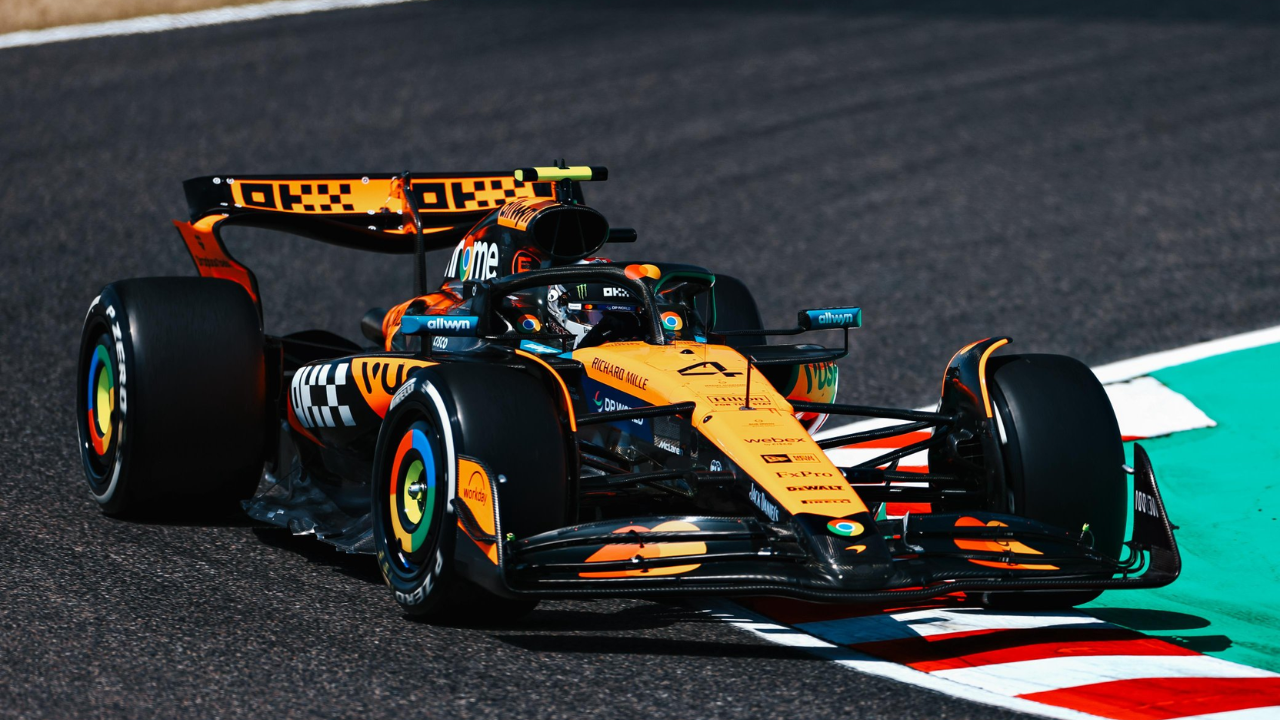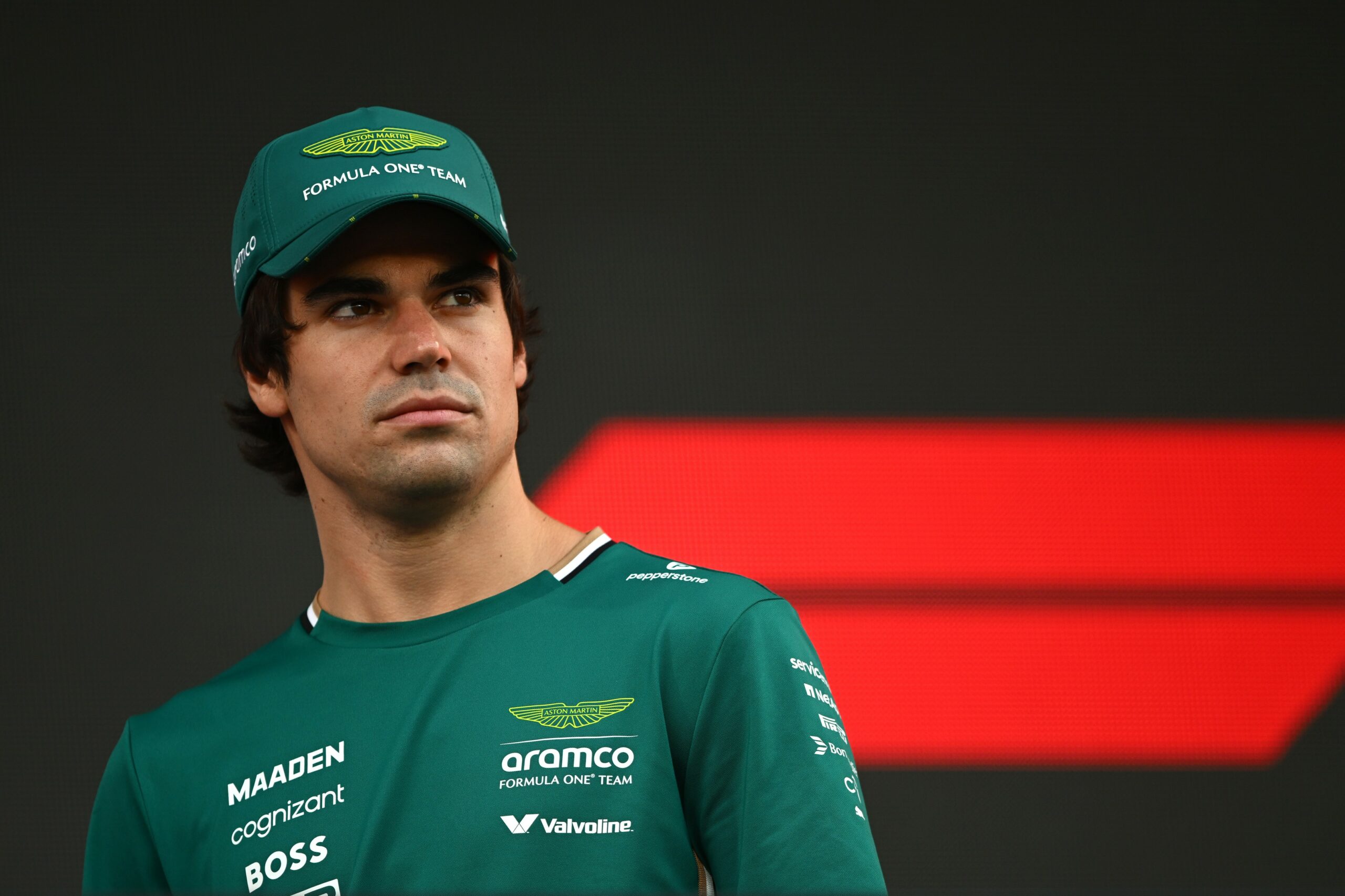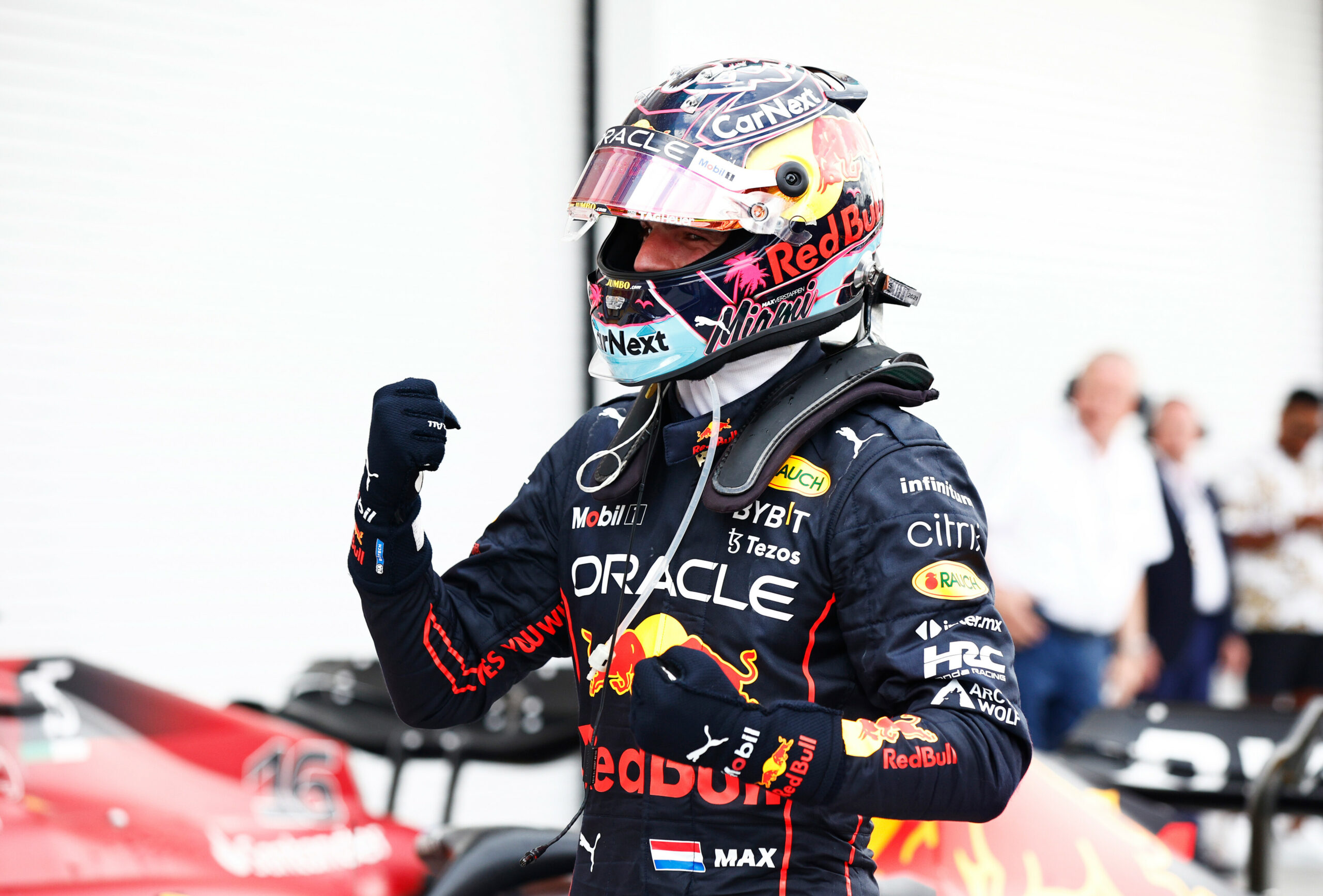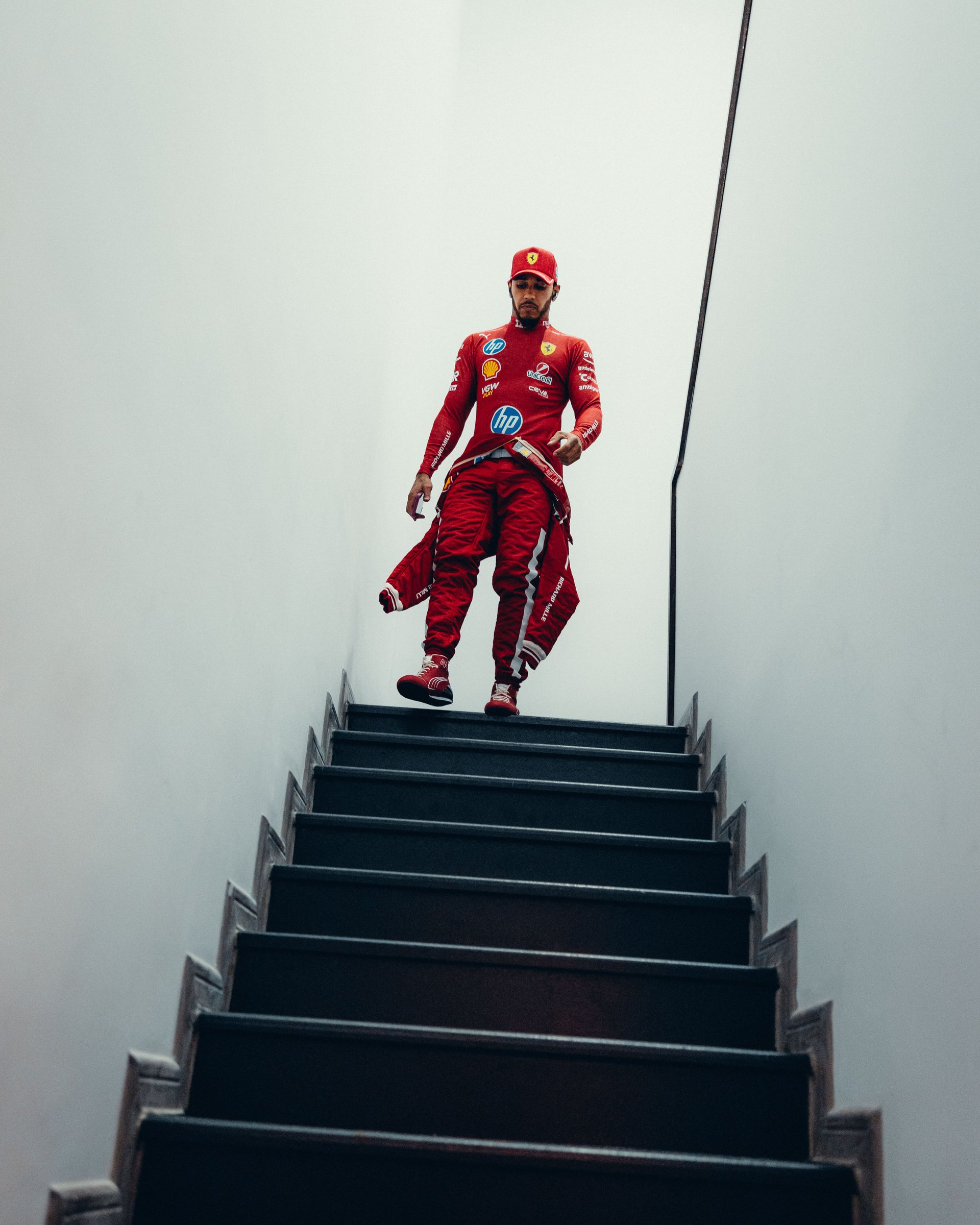McLaren team principal Andrea Stella has defended some of the strategic decisions made by the during the 2025 F1 Japanese GP, suggesting it’s “unclear” whether there would’ve been any major benefits in pitting Lando Norris earlier than eventual winner Max Verstappen.
Norris pitted at the same time as Verstappen – and even had a dramatic run-in with the reigning world champion as they exited the pits side-by-side, but ultimately no damage was done to either car and the stewards took no further action.
Norris’ early pit call would’ve meant double stacking with Piastri
The Briton first received a call to pit on lap 18, but was then told to stay out. Speaking in his print media session after the Japanese GP, Stella admitted that was just a bluff to see if other teams would “react”; however with George Russell pitting soon after, it became clear that Oscar Piastri’s P3 was under threat from the Mercedes man and needed to pit first.
Had Norris pitted at the same time, it would’ve been a costly double stack for the Australian, winner last time out in China:
“It’s unclear whether we could,” he said when asked if Norris could’ve pitted a lap or two earlier. “I think pitting Lando [Norris, a lap before] would have meant that we could not pit Oscar [Piastri], and this would have been a problem for Oscar.
“Oscar would have waited, which I think would have been a problem with the cars [behind], especially [George] Russell, that pitted and that we needed to cover.”
Risk of safety car also steered strategy away from an undercut
Stella then explained how they had a conundrum on Norris’ side of the garage, as an undercut attempt could leave him vulnerable to a safety car – or even a red flag, which has previously been somewhat common at the Japanese GP – intervention in a race that proved especially difficult to get any overtaking done, even with a tyre delta:
“We will review obviously the gaps in terms of time to understand whether there was the possibility to go for an undercut with Lando that could actually be executed on Max [Verstappen],” he said. “We don’t have to forget though that by giving up track positions, you also expose the car that you pit to a safety car risk for instance.
“Lando would have lost positions in a safety car, should a safety car be deployed.
“So in hindsight you don’t see any safety car, you don’t see anything and you think ‘I might have gone for the undercut.’
“But an undercut attempt comes with some risks. And it was apparent that the degradation was low, so I think if you lose position with a safety car, it’s lost.
“I don’t think we could have overtaken a Ferrari or a Mercedes today.”
Extending first stint was also not an option due to low-deg nature of new Suzuka tarmac
Conversely, an overcut was also not on the cards for Norris. Despite the low degradation nature of the hard tyres at the Japanese GP, McLaren still observed a big advantage in pitting early off the mediums, as Russell started pumping in fast laps after his pit stop – which meant extending Norris’ first stint would mean losing valuable track position as well.
“I think the problem for Lando would be that he would have lost positions to some other cars including Oscar. Because they had pitted and they were faster, and if you stay out on a 20 laps used medium you cannot be faster than somebody that pitted on a hard.
“The situation became very clear when Russell pitted and he was very fast on a new hard. Then it was apparent that the hard was working well, and the overcut like the staying out and gaining [was not].
“I think the overcut works well when you know that you gain, like in Barcelona or in Suzuka in the past. You gain four, five laps of tyre delta and then when you pit, even if you pit behind the car that stopped before, you will pass him because you have better tyres.
“But here the tyres don’t almost degrade at all from one lap to the other. We kept seeing purple sectors and purple laps until the final lap. So it’s a low degradation race.“
Overtaking “delta” not achievable with “not many” strategic options
Despite some overnight rain washing out any rubber that had been laid down at the Suzuka circuit over the three days of (disrupted) running,the newly resurfaced sector one proved too grippy and low-deg for any sort of strategic differences to be pronounced on race day:
“It was something we knew right from the start, that on this track you need seven or eight tenths of performance advantage in order to be able to overtake.
“And normally this sort of lap time difference may be generated because there is degradation in the tyres, but with the new tarmac, Suzuka has changed the feature of being a high-degradation circuit.
“It is now a very low degradation circuit. It was a very easy one-stop and not many strategic options.”
Missed opportunity in qualifying cost McLaren the race
The conclusion from Stella is that the race was won more so in Saturday qualifying than on the race day itself, pointing out how his drivers didn’t exactly nail their qualifying laps in Q3 and paid the price for it on Sunday:
“It’s a tricky one. Normally qualifying becomes very relevant when you have this type of races.
“I’m sure our two drivers will have commented themselves that in the qualifying laps they were not the best laps in qualifying in their careers,” Stella conceded. “Clearly when Max elevates the game so much you need to nail laps in qualifying and you need to bring home any possible millisecond, because yesterday it was indeed a matter of milliseconds, with 43 or 45 milliseconds between P3 and P1.
“So yes, ultimately I think the qualifying laps yesterday in Q3 were even more a determinant factor than anything that happened today in the race.”





